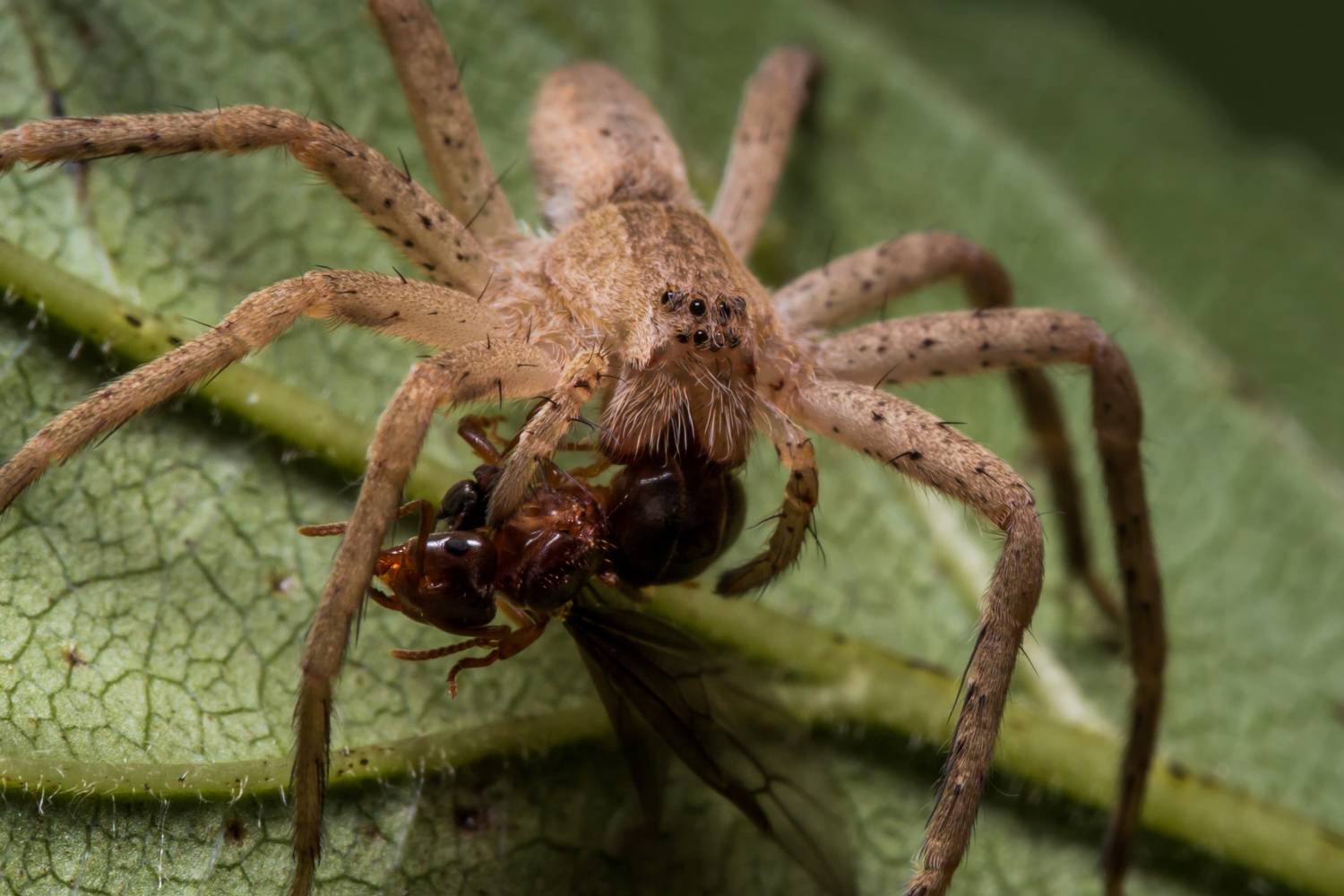Ants, seemingly harmless individually, can quickly turn into a bothersome nuisance when they invade our homes. Their small size, intricate social structure, and resilience make battling ant infestations a daunting task. But, from the Phoenix Metro up to Northern Arizona, they’re also an important part of the food chain. There are a variety of animals that eat ants — which is a good thing, because imagine how many there would be if there weren’t.
So, what are ants’ natural predators in Arizona? In this article, we’ll talk about these different animals, and the level of natural ant control they provide.
Ants Have Many Predators Across Arizona
Ants serve as a rich food source for a variety of creatures, from small spiders to larger birds and even bears. While you won’t find anteaters in this region, as their natural habitat is in Central and South America, plenty of other eaters of ants exist, such as:
- Spiders: From black/brown widows to jumping spiders, ants make for a tasty treat for any spider that crosses paths with them.
- Other Insects: Beetles, caterpillars, flies, and antlion larvae (also known as doodlebugs) all prey on ants. Phorid flies lay their larvae on ants, which later consume them as their first food source.
- Birds: Various birds, including sparrows, hummingbirds, wild turkeys, and downy woodpeckers, relish ants as part of their diet.
- Other Ants: Certain ant species like those in the Pheidole genus hunt fire ant scouts, while Army Ants are known for preying on other ant species.
- Bears: Surprisingly, bears find ant broods to be a delicious and satisfying snack, and consuming ant broods often marks a bear cub’s initial foray into building their foraging skills.
The Persistence of Ant Colonies
Despite the abundance of natural predators that aid in controlling ant populations, natural ant control methods are typically no match for a serious ant infestation. Ants reproduce rapidly and construct colonies both inside and outside buildings.
Their nests can be challenging to locate, and worker ants venture far from the colony in search of food sources. Thus, encountering a stream of ants may not indicate the proximity of the colony, and they can return following the pheromone trails left by their initial appearance.
During certain periods, homes and businesses may even experience swarms of winged ants searching for new places to establish nests. Successfully managing ant infestations requires a well-planned and persistent approach due to their resourceful and adaptive nature.
Professional Ant Exterminators Step Up When Nature Isn’t Enough
Due to the impressive and overwhelming ability of ants to multiply and organize, opting for professional ant extermination is the most effective solution for ant control. With the seasoned experts of SOS Exterminating at your service, you can bid farewell to any ant-related worries.
Since 1937 we have been delivering cutting-edge pest control services to both households and businesses. Not only do we strive to bring the newest and most effective pest management to the field we also have full-time entomologists, who research new pest control methods to ensure we employ the best solutions to each account. Whether you’re battling an existing ant infestation or seeking preventive measures, reach out to us today for guaranteed live customer support to schedule your inspection and secure a pest-free environment!
Ants’ Natural Predators in Arizona – Which Animals Eat Ants Professional Pest Control Services in Gilbert, AZ?
Serving Maricopa County | Pima County | Yavapai County | Coconino County | Pinal County

 480-497-1500
480-497-1500 
